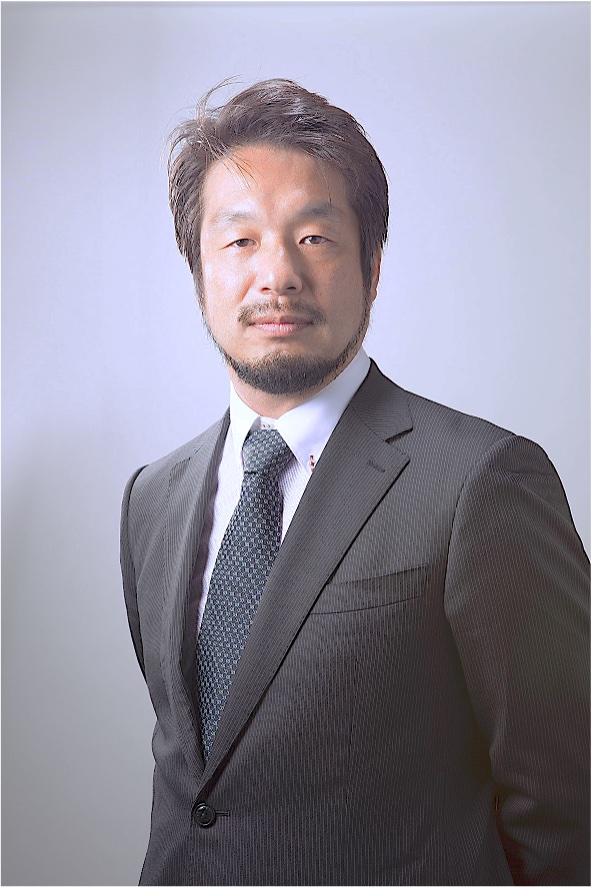Description
Purpose: To evaluate the postoperative meniscal extrusion between all-inside suture (AIS) repair and inside-out (I-O) repair.
Methods: Thirteen athletes (mean age, 19.4 years) underwent double horizontal AIS repair (Figure 1A and 1B) with only suture using suture passer (AIS group) for radial tear in the middle segment of lateral meniscus (RTMLM), while 7 athletes (mean age, 20.3 years) underwent I-O repair (Figure 1C and 1D) using tie-grip suture technique (I-O group). For all cases, lateral meniscal extrusion (LE) (Figure 2A and 2B), anterior (AE) and posterior (PE) (Figure 2C and 2D) meniscal extrusion were measured on preoperative and 3-, 12- and 24-week postoperative MRIs. Then, the change of each extrusion from preoperative to each postoperative period was calculated as ∆LE, ∆AE and ∆PE.
Results: There was no significant difference between AIS and TCS groups in average preoperative LE, AE and PE. ∆LEs at 3-, 12- and 24-week post-operation after AIS and I-O repairs were -1.5±1.7 vs 0.9±0.7, -0.9±0.9 vs 0.4±0.9 and -0.3±1.0 vs 0.6±1.1 mm, respectively (Figure 3A). ∆AEs at three postoperative periods were -0.2±0.9 vs 0.5±0.7, 0.6±1.4 vs 1.3±1.2 and 1.0±1.2 vs 2.5±1.6 mm (Figure 3B), whereas ∆PE were 2.0±1.9 vs -1.2±1.0,- 0.6±0.9 vs -0.4±1.0 and -0.3±1.3 vs 0.4±1.2 mm, respectively (Figure 3C). Between two groups, only ∆LE in AIS group was significantly smaller than that in I-O group at all postoperative periods (p=0.001 at 3 weeks, p=0.001 at 12 weeks, and p=0.04 at 24 weeks).
Conclusion: AIS repair could minimize postoperative LE within 24 weeks after repair of RTMLM, compared to I-O.




